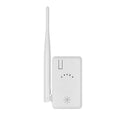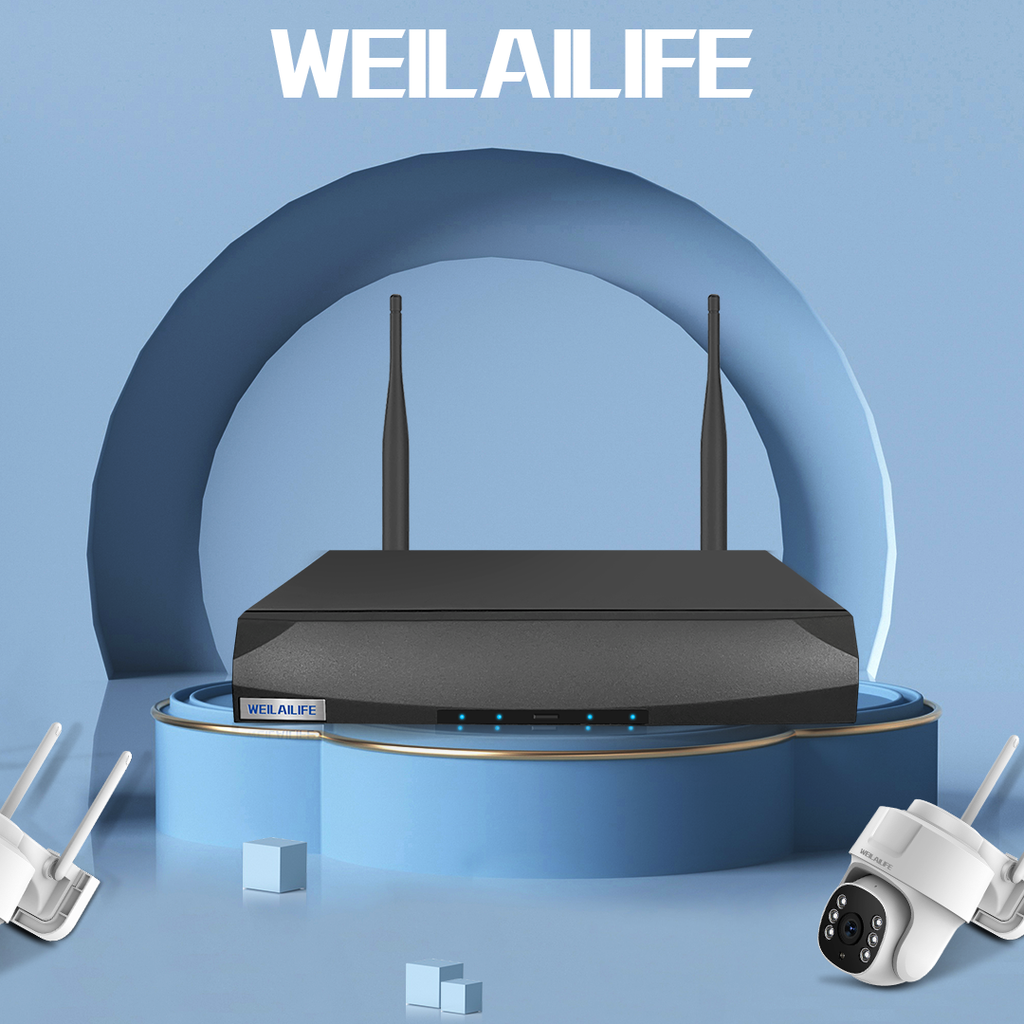Wireless Surveillance: Revolutionizing Home Security
Wireless surveillance, offered by WEILAILIFE, encompasses advanced wireless technology that establishes a seamless connection between monitored points and the central surveillance hub. This innovative solution enables real-time transmission of live video feeds from different locations to the wireless surveillance center, allowing users to monitor their premises effortlessly.
Comprehensive Features of Wireless Surveillance A wireless surveillance system combines cutting-edge monitoring technology with wireless transmission capabilities. It facilitates real-time communication between the surveillance center and the monitored points, creating a video database for convenient future retrieval.
In a wireless surveillance system, the surveillance center requires real-time access to clear and continuous video footage from the monitored points. Typically, live footage is captured using high-quality cameras, connected to the surveillance system through wireless video transmission devices. These devices employ wireless radio waves to transmit data signals to the central monitoring hub. Authorized users can access the system through client software or via web browsers, granting different levels of permissions. Surveillance personnel have complete control over camera angles, zoom functions, focus adjustments, and pan-tilt-zoom (PTZ) operations, enabling precise observation of real-time scenes.
Components of a Wireless Surveillance System A wireless surveillance system consists of essential components, including the surveillance center, wireless network, information acquisition system, and client software.
Surveillance Center: The central hub manages and oversees the entire surveillance system. It handles user and device management, providing video access, control services, and video processing capabilities.
Transmission System: Wireless networks, such as CDMA, GPRS, or satellite communication, facilitate wireless connectivity. With the advent of Wi-Fi and 5G broadband wireless systems, wireless surveillance is set to experience widespread adoption among industries and home users.
Information Acquisition System: This includes front-end devices such as video servers, cameras, and PTZ units. PTZ units offer 360° rotation, 90° vertical movement, and zoom control. Video encoders/decoders convert analog video signals from cameras into digital format, compressing and encoding the data. Compressed video data is then transmitted over the network to the surveillance management center.
Client Software: Users can conveniently access video feeds and control cameras through web browsers or dedicated client software. After user authentication, they gain full access to live video streams, camera controls, remote device management, and receive real-time alerts.
Advantages of Wireless Surveillance
Cost-Effective: Wireless surveillance systems offer a one-time investment solution, making them particularly suitable for outdoor applications and long-distance installations. Wired installations, especially in challenging geographical terrains or already furnished premises, can be logistically difficult and time-consuming. In contrast, wireless surveillance eliminates the need for extensive cabling, ensuring shorter installation periods, ease of maintenance, and cost-effectiveness.
Flexibility in Network Expansion: Wireless surveillance systems are highly scalable and flexible, allowing seamless integration of new wireless surveillance points into existing networks. This eliminates the need for additional network infrastructure or equipment, simplifying the process of remote wireless monitoring.
Low Maintenance Costs: Wireless surveillance systems are maintained by network providers, resulting in a hassle-free, plug-and-play experience for end-users. Front-end devices are user-friendly, require no maintenance, and are easily expandable.
Powerful Functionality and Digital Recording: Wireless surveillance systems offer advanced features and flexible utilization. The fully digitalized recording simplifies storage and retrieval processes. Recording durations can vary from several hours to months, depending on storage capacity, image capture frequency, and quality. Users can playback, locate specific footage, and adjust playback speed effortlessly.
Multiple Display Options and Two-Way Communication: The surveillance center's display screen can showcase single or multiple camera feeds, allowing easy switching between views. Furthermore, two-way communication or listening capabilities enable interaction with control rooms or remote monitoring points.
Remote Monitoring and Alarm Integration: Wireless surveillance systems facilitate remote monitoring and control through sensor integration. Real-time images and relevant information from remote monitoring points can be automatically transmitted to the surveillance center, triggering alarms or initiating video recording.
Adherence to Global Standards and Security Measures: Wireless surveillance networks comply with universal technical standards and communication protocols such as TCP/IP. This ensures seamless cross-regional real-time monitoring. Additionally, wireless networks implement various security measures such as ESSID, MAC address filtering, and WEP encryption to safeguard data transmission.
In conclusion, WEILAILIFE's wireless surveillance solutions revolutionize home security, offering the best camera systems with wireless capabilities, hard drive storage, weatherproof construction, and cordless operation. With advanced features, easy maintenance, and expandability, our wireless surveillance systems provide a comprehensive and secure monitoring experience for homeowners.
Sample Block Quote
Nam tempus turpis at metus scelerisque placerat nulla deumantos sollicitudin delos felis. Pellentesque diam dolor an elementum et lobortis at mollis ut risus. Curabitur semper sagittis mino de condimentum.









